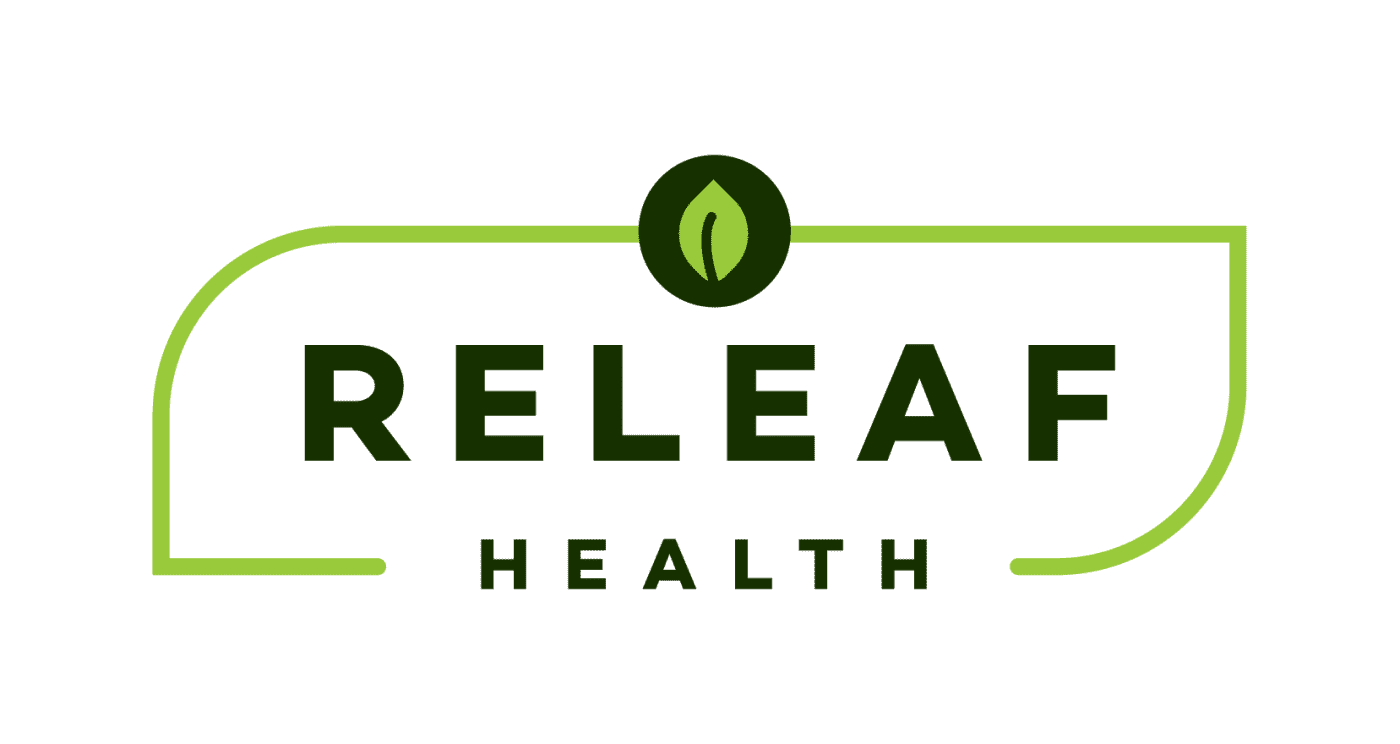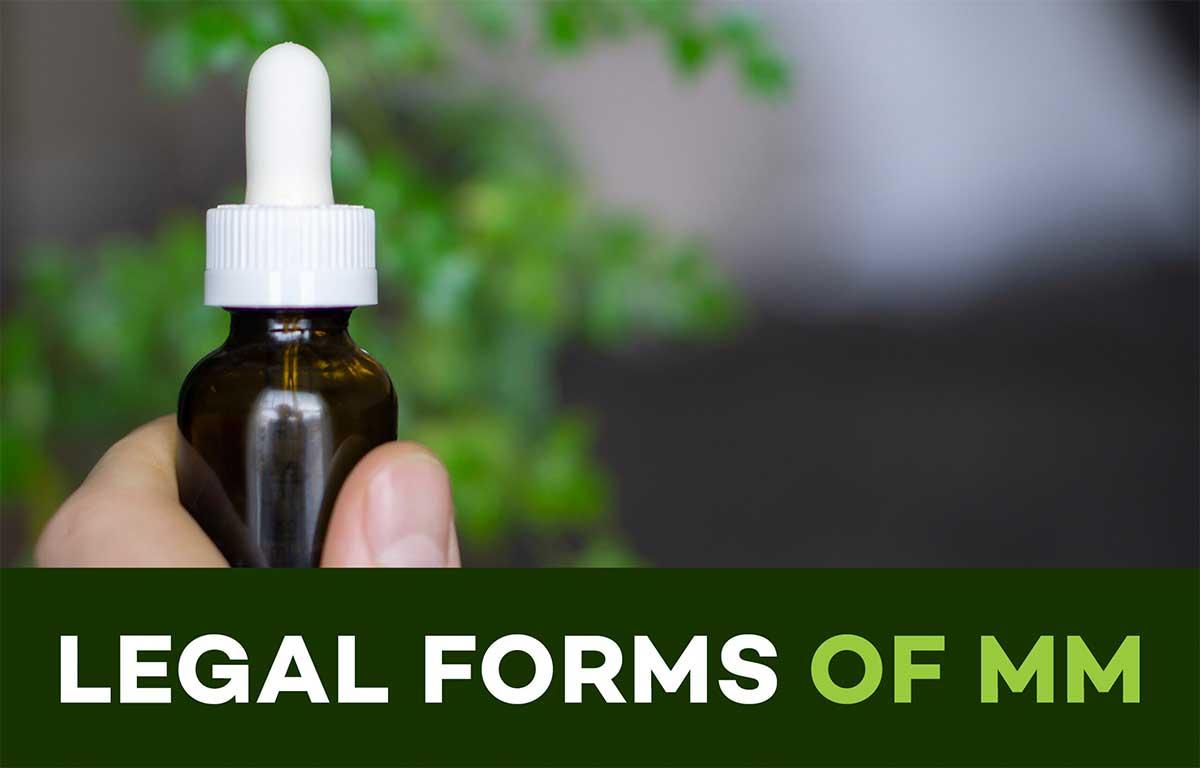For those new to medical marijuana in Ohio, welcome! Working with your doctor, you may be on your ideal path to treating chronic conditions and living your healthiest life possible. Patients report many benefits of medical marijuana, from treating chronic inflammation and relieving insomnia to reducing many cancer-related severe symptoms, such as nausea and chronic pain. As you probably know, our state has 22 qualifying conditions for taking medical marijuana, and advocates say the list is likely to grow. You may not know that there are only certain legal forms of medical cannabis under Ohio law. What are they? What do you need to know when visiting a dispensary? Let’s dive into must-know questions here.
What Forms of Medical Marijuana are Legal?
- Can I smoke medical marijuana? Marijuana comes from the cannabis Sativa plant, and its most well-known form is a mixture of dried leaves, stems, and flowers. One of the most conventional ways to use marijuana is to smoke it using pipes or rolling joints. While other states authorize these cannabis delivery methods, it’s not lawful to smoke medical marijuana, according to Ohio’s House Bill 523 (HB). Instead, lawmakers permit other ways of using cannabis. We’ll dig-deeper below.
- If smoking MM is out, what forms are allowed? According to Ohio’s Medical Marijuana Control Program, MM’s authorized forms are oils, tinctures, plant material, edibles, lotions, creams, patches, and vaporization (or vaping).
- How does vaping work? A vaporizer is a hand-held electronic device that essentially heats the natural compounds in the cannabis plant-primarily THC and CBD. The device essentially creates cannabis vapor rather than smoke inhaled by the patient.
- I’ve heard a lot about vaping in the news. Is it safe? It’s important to note that the safety and long-term health effects of liquid cannabis vaping products aren’t fully understood. However, most experts agree it is safer than traditional methods of smoking marijuana. Conventional smoking methods cause individuals to ingest burned plant materials and particulates; these and other gases may cause lung irritation, respiratory problems, and other possible adverse effects. When using a vaporizer, the plant materials are not combusted, so users don’t inhale additional possible harmful components.
- What are the benefits of tinctures and edibles? Tinctures are concentrated cannabis liquids typically mixed into alcohol, or other oil solutions, such as coconut oil. These liquids are placed under the tongue using a dropper, applied to the skin, or added to food or drink. Keep in mind that while it’s easy to regulate the dosage of tinctures, typically, more of the product is needed to obtain the desired effects.
Edibles are also a useful option for those looking for a vapor-less way to reap the benefits of marijuana. While these MM products take longer to take effect (often 60 to 120 minutes to metabolize), edibles are known for promoting relaxation, managing pain, and their anti-seizure effects.
Know your options
Do you have more questions about what forms of medical marijuana are best? Want to start exploring your options? Call or email us. At Releaf Health Clinic, we have a friendly and high-trained staff that can answer all of your questions about MM in Ohio. They can also help you schedule a telemedicine appointment to get on your path to obtaining a MM card. Don’t wait!


